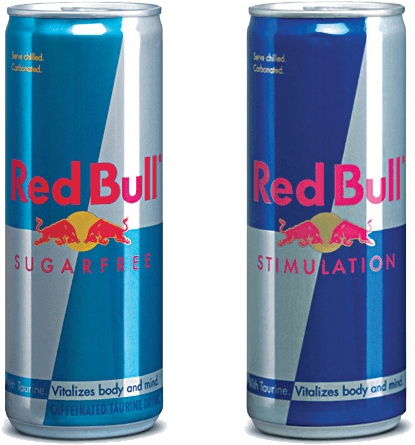The recipe for equity
Building brand equity is the number-one job of marketing. It is what gives a brand a premium over a generic product. Like so much in marketing, it is a fluid concept that is easier to sense than define. David Aaker says it is a set of ‘brand assets or liabilities linked to a brand’s name that add to or subtract from a product or service …’, and goes on a fair bit from there.
What everyone understands is that to achieve strong brand equity you need a distinctive, attractive, credible positioning. So marketers devote great energies to getting that bit right. The resulting brand keys, brand onions, arrows, footprints, pyramids and other exotic shapes are testament to these mental contortions. Words are carefully tweaked, subtleties delicately negotiated, and final positioning statements polished, probed and ratified.
Consumers, of course, do not get to see these carefully manicured definitions. Instead, they have to perceive them through what the brand actually does in the real world. Inconveniently, they’re not working too hard at this duty. This means that any marketer with ambitions to make the positioning sink in must ensure that it is brought to life in every conceivable brand activity: product formulation, packaging, service delivery, line extensions, NPD, CRM, CSR, sponsorship, sampling, promotions, PR, advertising, everything.
Branding is doing. It’s like making a cake. The lovely creamy cake is the thing you want at the end. Brand equity is that cake. The words and ideas in the positioning statement are the inert ingredients. Brand activation is like the method. Do it without diligence and you’ll end up with a sticky mess. Method is always the hard bit of cake-making and, by an even wider margin, activation is the hard bit of branding.
Why? Because activation doesn’t take place within the calm confines of an office, but in the seething, ungoverned world. For marketers, the business of activating a brand positioning in the chaos of the marketplace is like making a cake in a hurricane. The winds blow from everywhere.
Unexpected competitor activity; a sudden need for short-term sales; economic upheavals; abrupt budget cuts; R&D throwing an innovation at you without rhyme or reason and expecting you to find a use for it; consumer fads; bad press; new legislation – these are capricious, swirling forces that serve to distract, undermine and harry your efforts to make all brand activity correspond to the positioning model.
What can marketing leaders do to equip their teams with the resources to stick by their positionings in the maelstrom of everyday life? Keeping them simple is a start. The fewer words on those brand models, and the more inspiring they are, the more realistic the chances of holding them together.
Marketing training can play its part. Find ways to randomise sessions, so that they work like a simulator for the real world. Just as the teams are settling down to perform an activation exercise, wheel in a giant fruit machine and pull the handle. The icons that come up in the window represent the random combination of external events that have suddenly come into play. Encourage the creativity not merely to steer around these external factors and stay on-brand but to actively use them.
Brand positioning isn’t easy, but compared with brand activation it’s a doddle. Which is why strong brand equity is the sweet and elusive thing that it is.
The move from defining to doing is a tough one. Some brands are not only good at activating their positioning in all they do, but also use the dynamics of the marketplace to their advantage.
Camper: opening new stores in multiple locations can put a strain on financial and logistical resources. The shoe brand solves the problem in a way that is in tune with its ‘slower, simpler’ ethos. With its ‘Walk in Progress’ concept, Camper simply opens the store, displays its wares on piled-up boxes, and lets the environment evolve until resources are available for a proper refit.

Red Bull stunts reflect youth positioning
Red Bull: the energy-drink brand stormed into France on 1 April 2008, causing a gridlock at the Arc de Triomphe with 150 branded minis. It upset the authorities, but it combined to reflect the irreverent energy of youth that the brand celebrates.
Method: standing by its claim to be ‘people against dirty’, the environmentally-friendly cleaning brand was the first to respond to the Earthjustice lawsuit calling for manufacturers of cleaning products to disclose ingredients. Method filed its ingredients immediately – highlighting the difference between its brand ethos and that of Procter & Gamble, Reckitt Benckiser and Colgate-Palmolive, all of which resisted.
